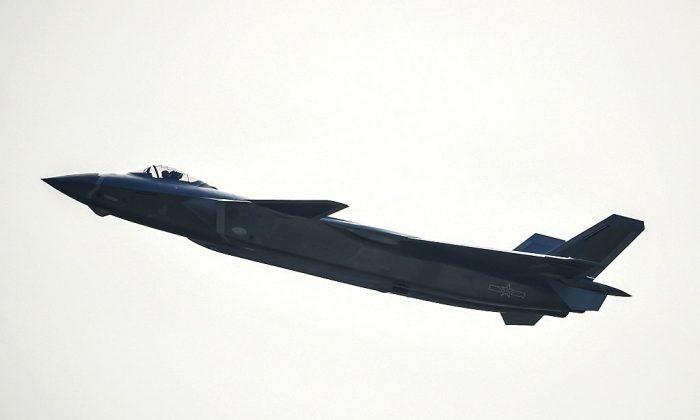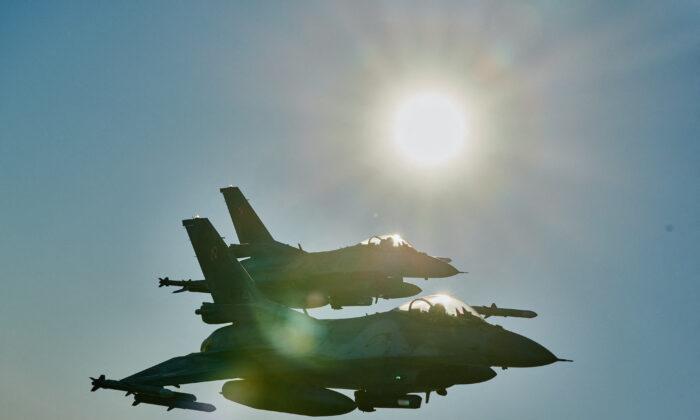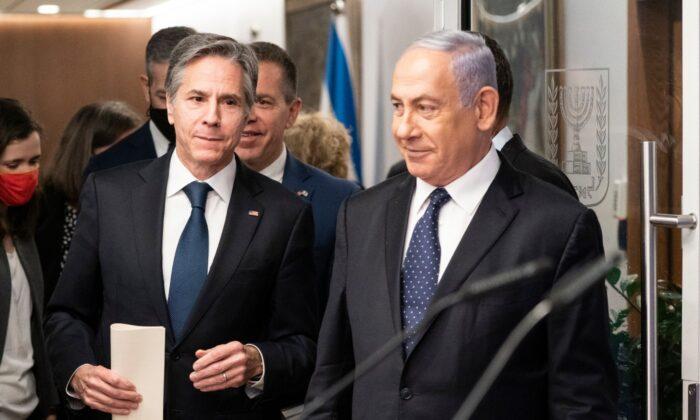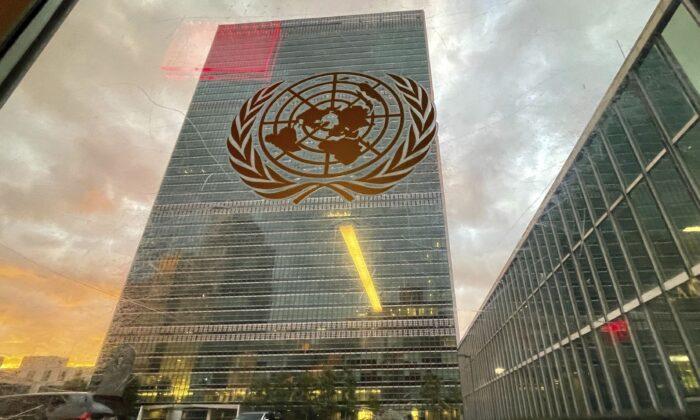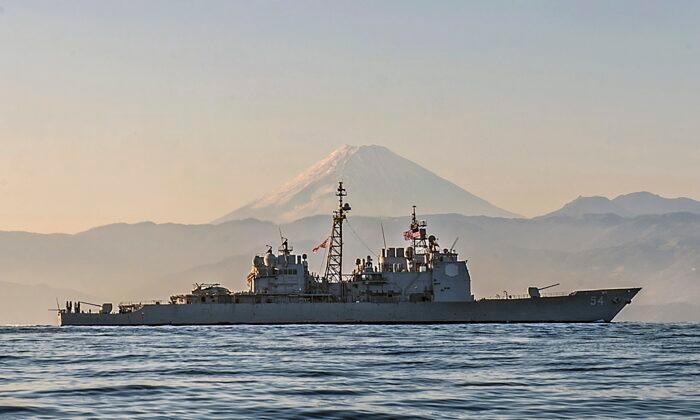There is no doubt that American electronics lie at the heart of Russian and Iranian weapons, including drones Russia has used to great effect in Ukraine.
Why was the United States supplying its adversaries? Why was it so easy? Where was the opposition? The root of the problem is that export controls have been liberalized to help U.S. industry grow and open new markets, most critically in China.
The United States is supposed to control sensitive supplies and technology through a series of government mechanisms coordinated with our allies. During the Cold War, the U.S. had strict licensing regulations designed to keep the Soviet Union from acquiring technology that could be used in its military production.
U.S. government officials not only took essential goods off the control lists but encouraged American companies to transfer security-sensitive technology to China.
In light of the current revelations, the Biden administration has called for an “all hands” attempt to remedy the problem. But in this case, the “hands” are the hands that, one way or another, were previously involved in the loosening of those controls.
The Departments of Commerce, State, Treasury and Defense, as well as the intelligence agencies (CIA, DIA, NSA, and others) were primarily responsible for the system that produced a wholesale loss of critical technology for decades.
It is hard to see how they will reverse years of reckless decision-making.
In the few cases where items still require a license, the Commerce Department has approved exports even to suspicious end users. Even with a license, exporters were required to ensure that these items were not being deployed for military end use.
The presence of a large number of EAR 99-classified items in Russian military equipment suggests that they were procured under fake end-user certificates, or that they were diverted for military applications at a later point.
Can the Biden administration, even this late in the game, fix the problem?
Maybe. But it would require a new export control mechanism run by experienced defense and counter-intelligence experts.
First would be a list of U.S. parts already on Iranian and Russian weapons and ban their export without a valid license and an approved end user. This will no doubt slow down some exports, but the tradeoff is that it will have a profound impact on Iran and Russia’s ability to continue to produce weapons.
Second is to put an end to ITAR-free systems that are principally military in character. The easy export of such items is harmful to U.S. security and the security of its allies and friends. NATO, especially, should be asked to play a strong role in demanding that its members stop unlicensed trade in dangerous military products.
Third is a complete re-think of the export control system. Its original premise was limited to maintaining the U.S. qualitative edge against our adversaries.
Over the years it failed in this mission and simply did not address the bigger question of what needs to be protected for American national security reasons.
And from whom.
